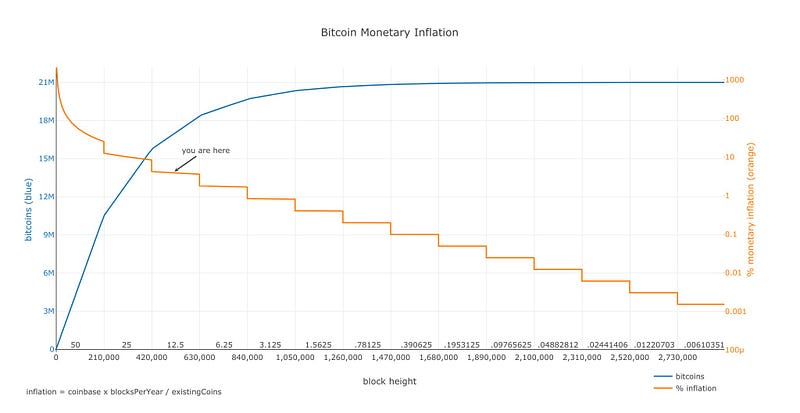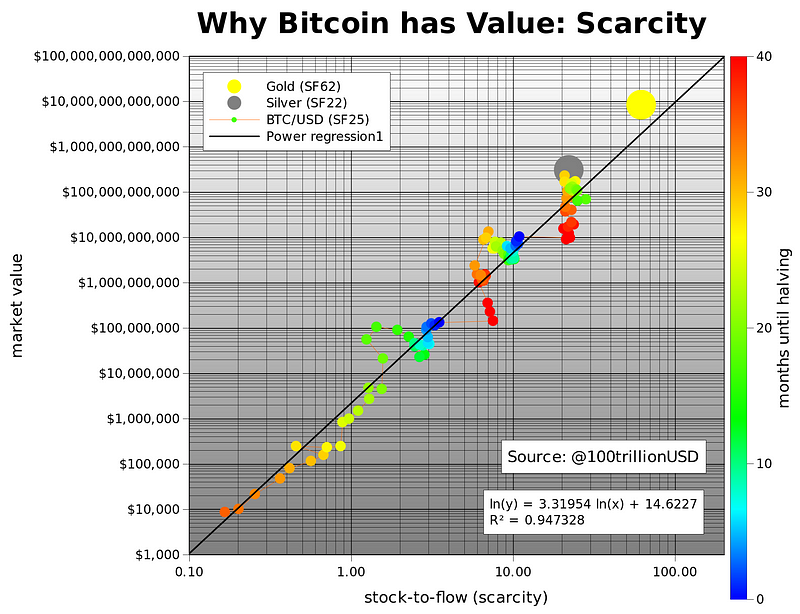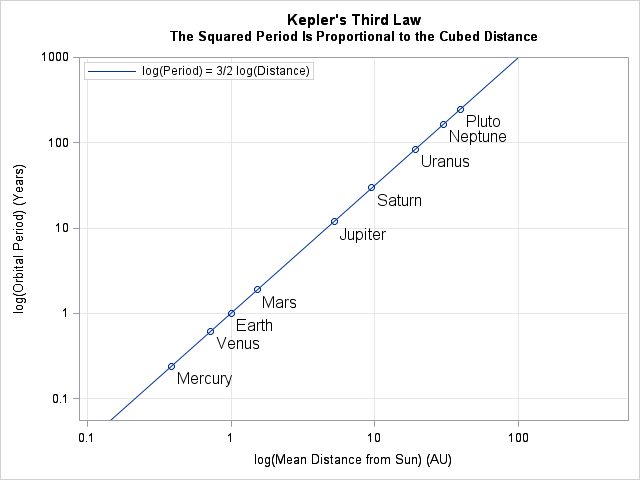In January 2009, an anonymous figure known as Satoshi Nakamoto mined the first Bitcoin block, embedding within it a pointed message: "The Times 03/Jan/2009 Chancellor on brink of second bailout for banks." This moment marked the birth of cryptocurrency and blockchain technology. But what if that genesis block had never been created? What would our financial, technological, and social landscape look like today without Bitcoin's influence?
The Financial System: Stability or Stagnation?
Without Bitcoin, the traditional banking system would have faced less disruption but also less innovation pressure. The 2008 financial crisis would have prompted reforms, but the fundamental architecture of centralized financial institutions would have remained largely unchallenged. Major banks might have continued their gradual digitization without the urgent need to respond to decentralized alternatives.
On one hand, this could mean greater stability. The cryptocurrency boom-and-bust cycles that have wiped out fortunes—from Bitcoin's peak of nearly $69,000 in 2021 to subsequent crashes—would never have occurred. Retail investors wouldn't have lost billions in exchange collapses like Mt. Gox or FTX. Regulators wouldn't be scrambling to create frameworks for digital assets, and financial crime investigators wouldn't be tracking ransomware payments through blockchain explorers.
On the other hand, monopolistic inefficiencies might have persisted longer. International remittances would still cost an average of 6-7% through traditional channels, taking days to settle. Millions of unbanked individuals in developing nations would lack the alternative financial infrastructure that cryptocurrency has provided. The financial system's gatekeepers would face less competitive pressure to reduce fees or improve services.
Technological Innovation: A Different Trajectory
Bitcoin's underlying blockchain technology has spawned applications far beyond currency. Without it, distributed ledger technology might have emerged eventually, but likely much later and in different forms. IBM's supply chain tracking systems, Estonia's digital government infrastructure, and countless enterprise blockchain projects drew direct inspiration from Bitcoin's proof-of-concept.
The venture capital landscape would look dramatically different. Billions of dollars that flowed into blockchain startups since 2013 would have been allocated elsewhere—perhaps accelerating progress in artificial intelligence, quantum computing, or biotechnology instead. The initial coin offering (ICO) boom of 2017-2018, which raised over $20 billion despite being largely fraudulent, simply wouldn't have happened. This represents both avoided waste and foregone legitimate innovation.
Smart contract platforms like Ethereum, which launched in 2015 building on Bitcoin's foundation, might never have materialized. This means no decentralized finance (DeFi) protocols, no NFT marketplaces, and no decentralized autonomous organizations (DAOs). Whether this represents a loss depends on one's perspective—these innovations have enabled both remarkable experiments in digital ownership and spectacular scams.
Geopolitical Implications: Power Structures Preserved
Bitcoin emerged as a form of financial resistance to centralized control. Without it, authoritarian governments would face less challenge to their monetary sovereignty. Citizens in Venezuela, where hyperinflation destroyed the bolivar, or in Argentina, where currency controls restrict economic freedom, would lack one tool for preserving wealth. During Russia's invasion of Ukraine, cryptocurrency enabled millions in donations to flow directly to defenders; this avenue for financial activism wouldn't exist.
However, these same properties have enabled illicit activities. Without Bitcoin, ransomware attacks would be far more difficult to monetize—criminals couldn't demand untraceable payments as easily. The Silk Road darknet marketplace, which facilitated over $1 billion in illegal drug sales before its 2013 shutdown, relied entirely on Bitcoin. North Korea's state-sponsored hackers wouldn't have stolen billions in cryptocurrency to fund their weapons programs.
The U.S. dollar's position as the global reserve currency might be even more entrenched without cryptocurrency alternatives. China's central bank digital currency project was explicitly developed as a response to Bitcoin and private cryptocurrencies; without that impetus, digital yuan development might have proceeded more slowly. The entire conversation around monetary sovereignty in the digital age would be fundamentally different.
Cultural and Social Impacts: Dreams Deferred
Bitcoin created a unique subculture—one that blends libertarian economics, technological utopianism, and anti-establishment sentiment. The "crypto bro" stereotype wouldn't exist, for better or worse. Online communities like Reddit's r/Bitcoin and countless Discord servers dedicated to cryptocurrency trading would never have formed. Millions of people wouldn't identify as "Bitcoiners" with a shared ideological framework.
The "get rich quick" narratives that have characterized cryptocurrency would be absent. Young people wouldn't have stories of turning thousands into millions through early Bitcoin investments, but they also wouldn't have tales of life savings lost in cryptocurrency collapses. The wealth inequality created by Bitcoin's distribution—where early adopters and miners hold enormous advantages—wouldn't exist, though traditional wealth inequality certainly would remain.
Educational institutions and career paths have also been shaped by Bitcoin's existence. University blockchain programs, cryptocurrency research institutes, and entire job categories from blockchain developers to crypto tax accountants wouldn't exist. This represents thousands of diverted careers and educational resources that might have been applied elsewhere.
The Economic Debate: Value Created or Destroyed?
Critics argue that without Bitcoin, enormous amounts of energy and human capital wouldn't have been wasted. Bitcoin mining now consumes roughly as much electricity annually as entire nations like Argentina. Thousands of brilliant programmers and entrepreneurs who built cryptocurrency infrastructure might have instead worked on climate solutions, medical research, or poverty reduction.
Proponents counter that Bitcoin demonstrated the viability of decentralized systems and inspired innovation in cryptography, distributed systems, and economic mechanism design. The talent attracted to cryptocurrency has advanced computer science in ways that may yield benefits far beyond finance. Moreover, Bitcoin has functioned as intended for those who needed censorship-resistant money, even if that population is smaller than early advocates imagined.
Looking Forward from an Alternate Present
In a world without Bitcoin, we would likely be having different conversations about the future of money—perhaps focused more on central bank digital currencies developed without the competitive pressure of cryptocurrencies, or on incremental improvements to existing payment systems like faster bank transfers and lower credit card fees.
Technology giants like Facebook (with its abandoned Libra project) wouldn't have attempted to create private currencies. Governments wouldn't be wrestling with how to tax, regulate, and monitor cryptocurrency transactions. The 2021 El Salvador experiment of making Bitcoin legal tender wouldn't have happened, along with its subsequent economic difficulties.
Yet something else would have filled Bitcoin's cultural niche. The desire for financial alternatives to traditional institutions, the appeal of get-rich-quick schemes, and the drive for technological disruption are all enduring human impulses. Without Bitcoin, perhaps gold would have experienced an even stronger revival, or peer-to-peer payment systems would have evolved differently, or some other form of alternative finance would have emerged.
Conclusion: Progress, Regress, or Simply Different?
Judging whether the world would be better or worse without Bitcoin requires weighing incommensurable values. We would have avoided cryptocurrency's substantial harms: the scams, the environmental costs, the ransomware epidemic, and the billions lost in failed exchanges. But we would also lack its innovations: a proven decentralized digital currency, blockchain technology's demonstrated applications, and a financial alternative for those failed by traditional systems.
Perhaps the most honest assessment is that the world would simply be different—neither utopian nor dystopian, but shaped by other technologies and other choices. Bitcoin's invention was not inevitable, and the paths not taken always carry their own possibilities. Whether we're better off in this timeline than in one without Satoshi Nakamoto's creation remains a question without a definitive answer, dependent on which values we prioritize and whose perspective we adopt.







